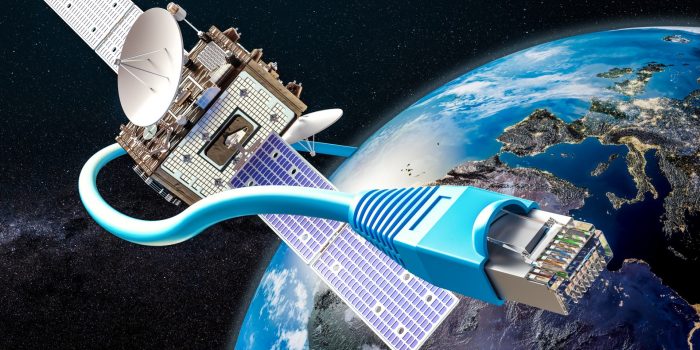For Canada’s rural and remote inhabitants, much like those in numerous other nations, satellite connections are frequently the go-to solution for internet access. Why? Cable or DSL—a typical broadband infrastructure—is sometimes not an option due to location practicalities or simple non-availability. Now here’s where it gets troubling. These very satellite connections can be prone to incessant malfunctions and even total service blackouts! This unfortunate situation fuels a stark digital chasm between city-dwellers and their country counterparts.
Well, there’s some hopeful news coming from the world of academia. A team made up of individuals hailing from both the National Research Council (NRC) and University of Waterloo is making strides in a particularly persistent issue by skillfully employing AI. They’ve got this special method they cooked up – it’s named ‘Multivariate Variance-based Genetic Ensemble Learning Method’; lot to take in and remember huh? Anyways, what it does is breathtaking! It uses artificial intelligence to diagnose issues with satellites or satellite networks before these little troublemakers blow out into something uncontrollable. This novel approach scales together heaps of AI techniques serving as a means, you see; to ratchet up stability and reliability where satellite internet is concerned.

Peng Hu, an adjunct professor of computer science and statistics and actuarial science at Waterloo, emphasized the importance of satellite networks for remote areas, acknowledging that disruptions can isolate populations from the rest of the world. The research team tested their method using three global datasets, demonstrating superior performance in terms of accuracy, precision, and recall compared to existing models.
Satellite internet operates by transmitting and receiving data signals between a user’s ground station and a geostationary or low Earth orbit satellite. Although satellite internet introduces latency due to the time taken for signals to travel to space and back, advancements are being pursued to improve speed and reduce latency.

The development of satellite internet remains a work in progress, aiming to enhance its speed, decrease latency, and expand coverage. This technology holds immense potential in bridging the digital divide by providing internet connectivity to underserved and inaccessible areas. With AI-driven methods like the Multivariate Variance-based Genetic Ensemble Learning Method, the dream of stable and reliable satellite internet for all, even in the most remote regions, is gradually becoming a reality.


